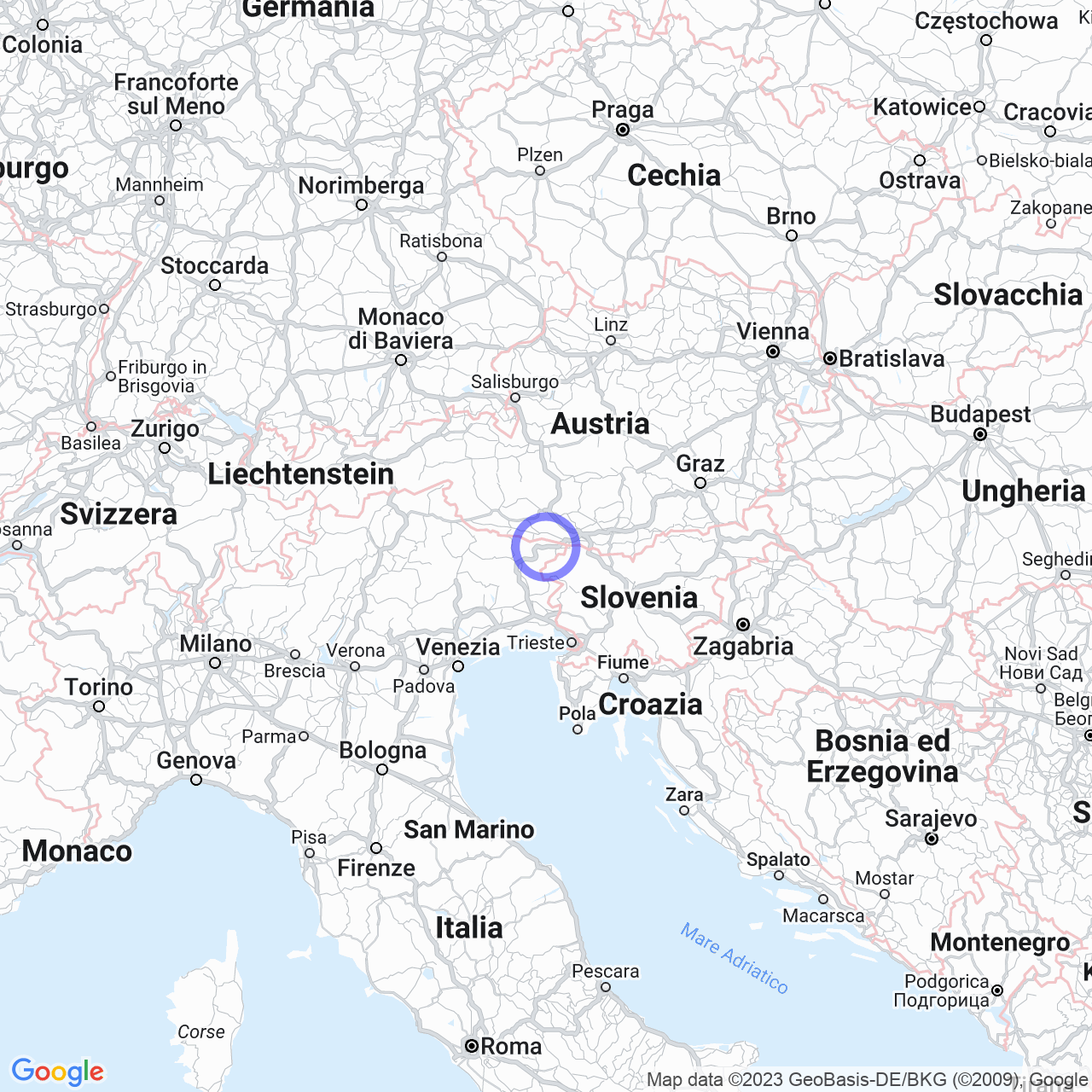Valbruna
A trip to Malborghetto-Valbruna
Hello friends, today I will take you on a journey to discover Malborghetto-Valbruna, a municipality located in Friuli-Venezia Giulia, immersed in the mountainous region along the border between the Eastern Carnic Chain and the Western Julian Alps. This municipality is located in the valley of the Val Canale, surrounded by mountains and valleys that create a breathtaking spectacle.
The physical geography of Malborghetto-Valbruna
The Cima Jôf di Montasio, 2,754 meters high, dominates the surrounding landscape and is one of the most suggestive places to visit during your stay. You can admire other peaks and mountains by reaching the Val Saisera or Valbruna, which is just one of the side valleys of the Val Canale. The mountains surrounding Malborghetto-Valbruna are the Jôf Fuart, the Jôf di Miezegnot, Monte Osternig, and Monte Poludnig.

The history of Malborghetto-Valbruna
Since the High Middle Ages, the municipality belonged to the bishops of Bamberg, with the name ''Buonborghetto''. During this period, it developed as an important commercial center. After continuous disputes with the Republic of Venice, it took on the name ''Malborghetto''. Over the years, the municipality became an important center for metallurgical and wood industries, which are still practiced today.
The Habsburgs built a fortress, called Forte Hensel, which was later occupied by the Venetians in 1616, André Masséna in the Battle of Tarvisio (1797), and Viceroy Eugène de Beauharnais in 1805. In 1809, Austrian captain Friedrich Hensel defended the fortress for three days before surrendering to Napoleon I's armies. In 1919, at the end of World War I, the municipality was assigned to Italy, despite being predominantly inhabited by people of German and Slovenian origin.
In 2003, the municipality was hit by the Val Canale flood, which caused numerous damages and two deaths. Despite everything, Malborghetto-Valbruna has become one of the most famous holiday destinations in the region, especially for winter sports enthusiasts. The villages of Valbruna and Ugovizza are the starting point for excursions in the Julian Alps. Until the construction of the new Pontebbana railway, it was served by several stations, including Ugovizza-Valbruna.
The symbols of Malborghetto-Valbruna
The municipal coat of arms, recognized by decree of the head of government on January 28, 1935, represents the tower of Forte Hensel and two mountains, in reference to the municipality's position in the Val Canale. The flag, granted by royal decree on May 7, 1942, is a blue-colored cloth.
What to see in Malborghetto-Valbruna
Malborghetto-Valbruna is rich in monuments and places of interest. You could visit the Church of San Gottardo, dating back to the fifteenth century, located in the hamlet of Bagni di Lusnizza. Instead, in the hamlet of Ugovizza, you can see the Church of Saints Philip and James, reconstructed in 1930, with a buttressed bell tower that was lost in the 2003 flood and then rebuilt. Inside the church, there is a fresco that came to light in 1959.
Finally, the Church of the Visitation of Mary is a Gothic architecture, reconstructed in 1809, with tombstones from the sixteenth and seventeenth centuries, which is worth visiting.
In summary, Malborghetto-Valbruna represents an interesting destination for mountain, art, and culture lovers. Don't miss the opportunity to visit this splendid municipality during your next trip to Friuli-Venezia Giulia!
